Delphi: From Earth Goddess to Oracle of Apollo—and What It Means Today
Explore Delphi’s pre-Greek roots, the Pythia, Roman changes, and how this UNESCO site still shapes modern culture and faith.
GREECESITES TO VISITTOUR GUIDE
Zayera Khan
9/26/20254 min read
Delphi: From Pre-Greek Roots to Modern Lives
Delphi isn’t just a ruin on a mountainside—it’s where myth, religion, and politics met for more than a thousand years. Below is a clear, fact-checked tour from its earliest layers to how it lives on today.
What (and where) is Delphi?
Delphi sits on the lower slopes of Mount Parnassus above the Gulf of Corinth. In antiquity it housed the Temple of Apollo and the most famous oracle in the Greek world, the Pythia. The site was considered the omphalos—the “navel of the world”—and in 1987 it became a UNESCO World Heritage Site.
Pre-Greek beginnings
Before Apollo, tradition held that Delphi (then called Pytho) belonged to Gaea (Gaia), the Earth goddess, with Themis as an early oracular figure. Archaeology shows habitation back to late Mycenaean times, hinting at Bronze-Age religious activity that predates classical Greek cults.
Greek mythology at Delphi (and how the oracle worked)
Myth says Apollo slew the serpent Python and took over the shrine; historically the Apollonian cult rose around the 8th century BCE. The Pythia—a mature woman acting as Apollo’s mouthpiece—gave inspired responses that priests interpreted for city-states, lawgivers, colonists, and individuals. Panhellenic Pythian Games were held nearby every four years.
From “Greek” to “Roman”: what changed?
Rome absorbed Delphi in the 2nd century BCE. The sanctuary suffered plundering—ancient accounts even claim Nero removed hundreds of statues—yet some emperors (notably Hadrian) showed interest and offered support. Over time, as Christianity spread and imperial policy shifted, pagan sanctuaries lost official backing; Delphi’s temple cult effectively ended under Theodosius I around the late 4th century CE.
Religions in the past: the wider Mediterranean context (quick primer)
Bronze-Age Aegean (Minoan/Mycenaean): strong goddess traditions, snake and bull symbolism, and palace-centered ritual life.
Classical Greek religion: no single “holy book” or dogma; public sacrifices, festivals, and local cults; alongside that, private mystery cults such as the Eleusinian Mysteries promised personal transformation.
Hellenistic & Roman periods: intense syncretism—Greek and Near-Eastern deities blended; Roman state religion coexisted with imported cults (e.g., Isis, Cybele) before Christianity’s rise.
Delphi reflected these currents: an old Earth-centered shrine re-cast into Apollo’s center of counsel, then a Roman-era monument, and finally an archaeological memory as Christian institutions replaced civic pagan cults. (Encyclopedia Britannica)
Rediscovery & research
After the medieval village of Kastrí sat atop the ruins, the French School at Athens led the “Great Excavation” starting in 1892, relocating the village and revealing treasuries, the Sacred Way, and the temple terraces. Work has continued ever since.
Delphi today: why it still matters
UNESCO site & museum: Visitors can walk the Sacred Way and see masterpieces like the Athenian Treasury and the Charioteer in the Delphi Archaeological Museum.
Cultural symbol: Delphi remains shorthand for hard questions and ambiguous answers—the idea of consulting an “oracle” lives on in our language, headlines, and even tech metaphors.
Living landscape: The Greek Ministry of Culture maintains the sanctuary areas of Apollo and Athena Pronaia; the setting still frames the ruins as the ancients intended.
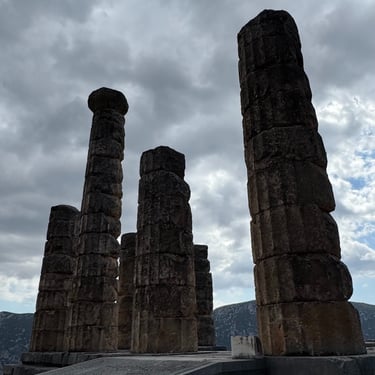
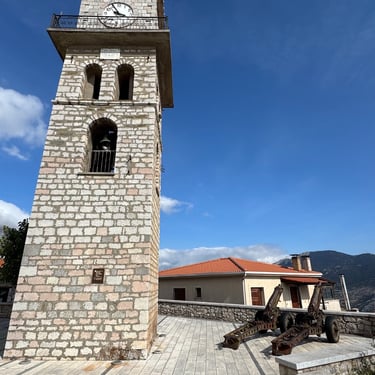
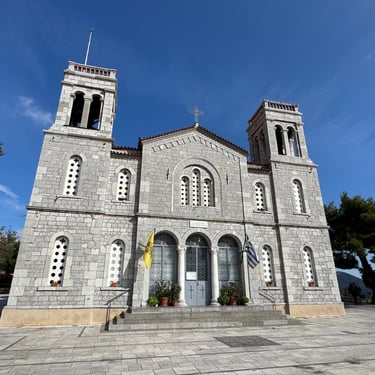
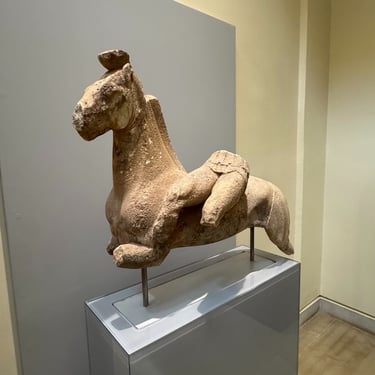
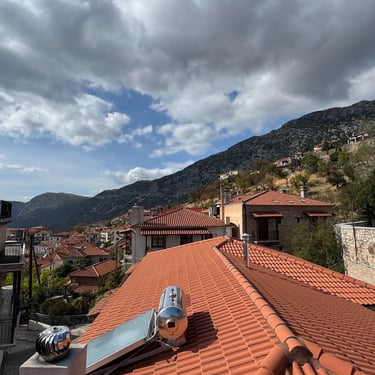
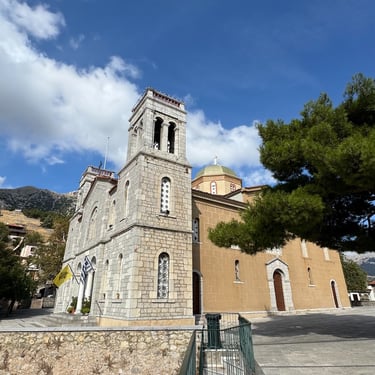
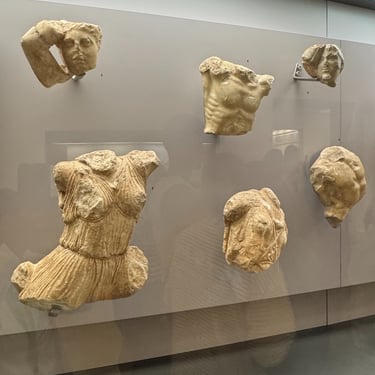
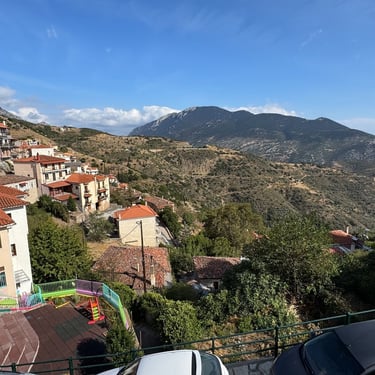
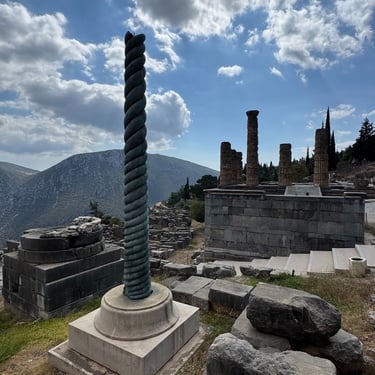
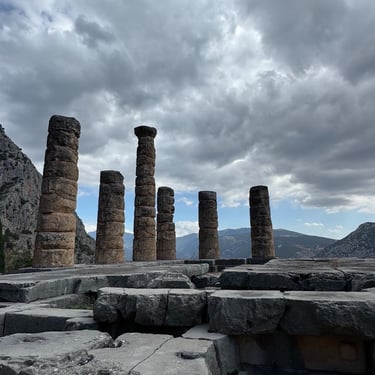
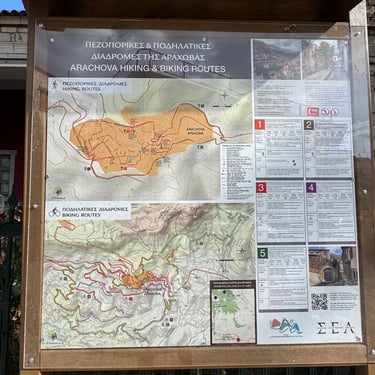
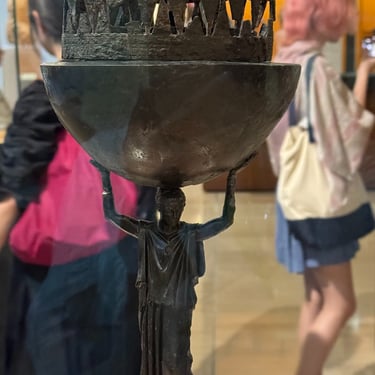
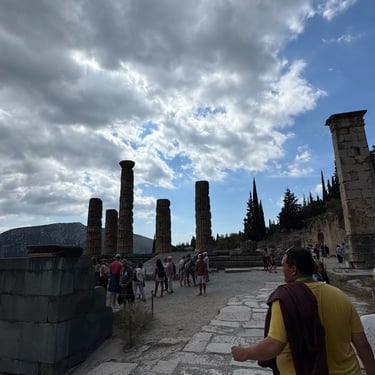
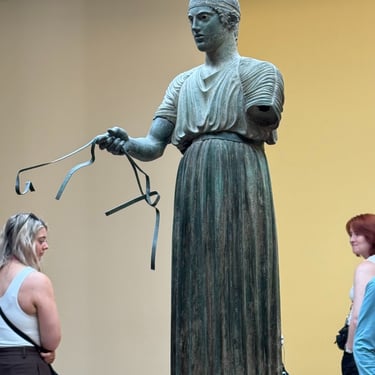
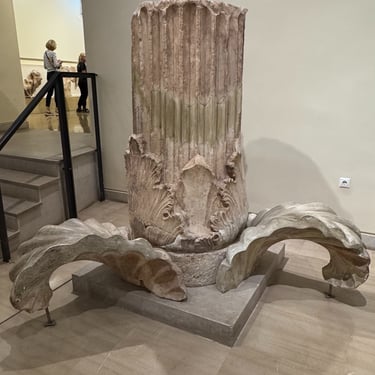
Gaia at Delphi: what mattered, what’s evidenced, and how it shaped the Pythia
Why Gaia matters at Delphi
Long before Apollo, Delphi’s oracle was remembered as an Earth-centered shrine. Ancient authors say the prophetic line began with Gaia (Ge) → Themis → Phoebe → Apollo. This isn’t modern projection; it’s spelled out onstage by the Pythia herself in the prologue of Aeschylus’ Eumenides, where she honors Earth as the “first seer,” followed by Themis and Phoebe, who then passes the oracle to Apollo.
Pausanias—our great 2nd-century CE travel-writer—reports similar traditions at Delphi: in “the earliest times the oracular seat belonged to Earth,” with a mountain nymph (Daphnis) acting as prophetess. This anchors the idea that the site’s prophetic power was once chthonic, rooted in the ground itself.
What’s the evidence for a Gaia cult at Delphi?
1) Literary testimony (strong)
Aeschylus, Eumenides: explicit priestly succession Earth → Themis → Phoebe → Apollo. uh.edu
Pausanias (10.5): earliest oracle “belonged to Earth,” with an Earth-appointed prophetess.
Greek Ministry of Culture (site history) collects the mythic versions where Apollo takes the oracle from Themis after slaying Python, preserving the memory of a pre-Apollonian shrine.
2) Archaeological & epigraphic hints (suggestive, not definitive)
Modern Delphi guides and local museum write-ups point to inscriptions referring to ‘what was once the sanctuary of Earth’ (το πότι γᾶς ἱαρόν / to poti gas iaron) and place a sanctuary of Ge slightly north of the later Apollo temple precinct. These claims align with excavation-era notes, though they’re often cited through modern summaries rather than a single headline epigraphic edition. Treat them as supportive but secondary.
The famed Sibyl Rock tradition associates the earliest prophetic figure (Herophile) with a rock inside what later became Apollo’s sanctuary—again, a memory of pre-Apollo, Earth-linked prophecy. baly.kenyon.edu
Recent scholarship on Delphi’s topography reads some chthonic markers (rock, cave/adyton, sphinx symbolism) as resonances of an older Earth cult that the Apollonian sanctuary incorporated. These are scholarly inferences, but they strengthen the continuity picture.
3) Ritual & setting (continuities)
Even under Apollo, Delphi’s oracle worked in an adyton (restricted inner space) with an opening in the rock; Plutarch (a Delphic priest) discusses the site’s pneuma and the broader question of why oracles fade, preserving the idea that the ground itself “speaks.” (Modern debates about “vapors” aside, the Earth-source imagery is key.)
From Gaia’s shrine to Apollo’s oracle: translation, not erasure
The shift to Apollo (mythically via the slaying of Python, a chthonic guardian) reads like a religious translation: an Earth-rooted prophetic place is retitled for a new patron god while keeping female prophecy, the tripod, the chthonic setting, and the Pythian name (itself linked to Python). This is precisely the kind of syncretic continuity Greek religion excels at—adding layers rather than deleting the past.
“Young virgin girls”: who the Pythia originally was (and why that changed)
Early tradition stresses the Pythia’s maidenly purity. Several sources preserve a striking rule-change:
Originally the Pythia was a young virgin—fitting both the maidenly ideal and the thought of a human “bride” of the god during trance.
After a notorious episode—ancient writers tell of a Thessalian named Echecrates who abducted/violated a young Pythia—the Delphians passed a law: the oracle must henceforth be a woman over 50, dressed as a maiden to preserve the symbolic continuity while protecting the priestess. This story is transmitted in Diodorus Siculus (via standard scholarly digests) and is reflected in later descriptions of the Pythia’s age and dress.
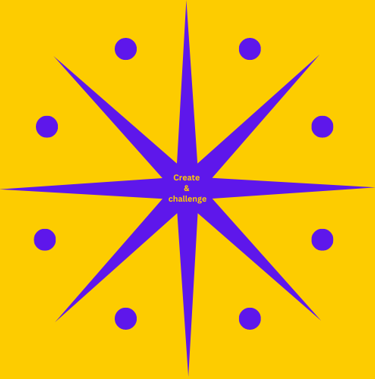

Support Independent Travel Content:
Creating detailed destination guides and ethical travel resources takes time. If my content has helped you, consider supporting independent travel journalism.
© 2025 Zayera Khan | All rights reserved
An alien vagabond roaming this green blue planet called Earth—one meaningful connection at a time.
